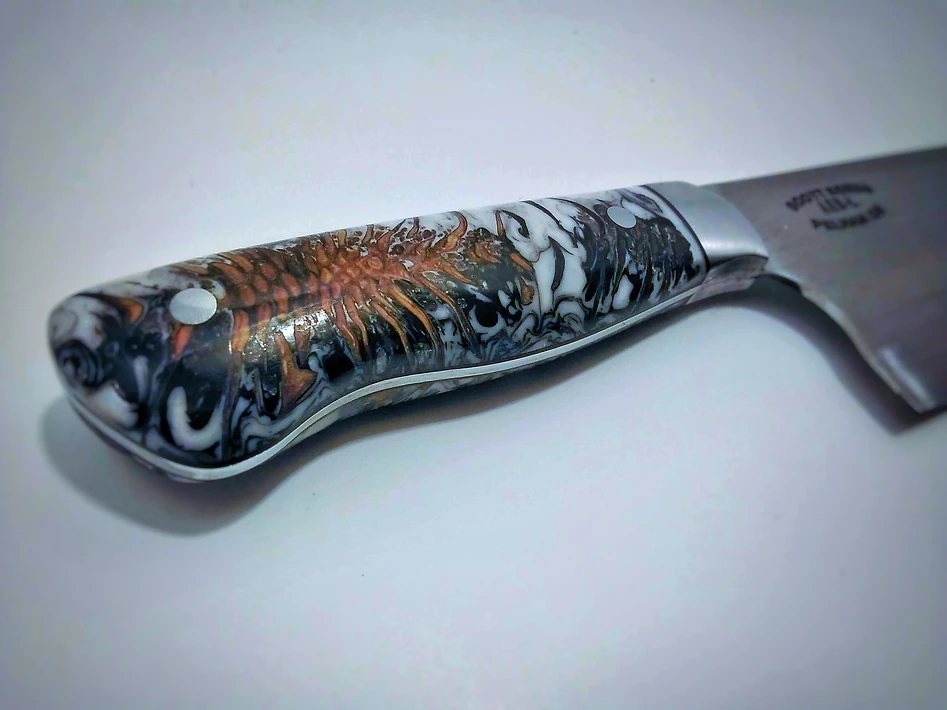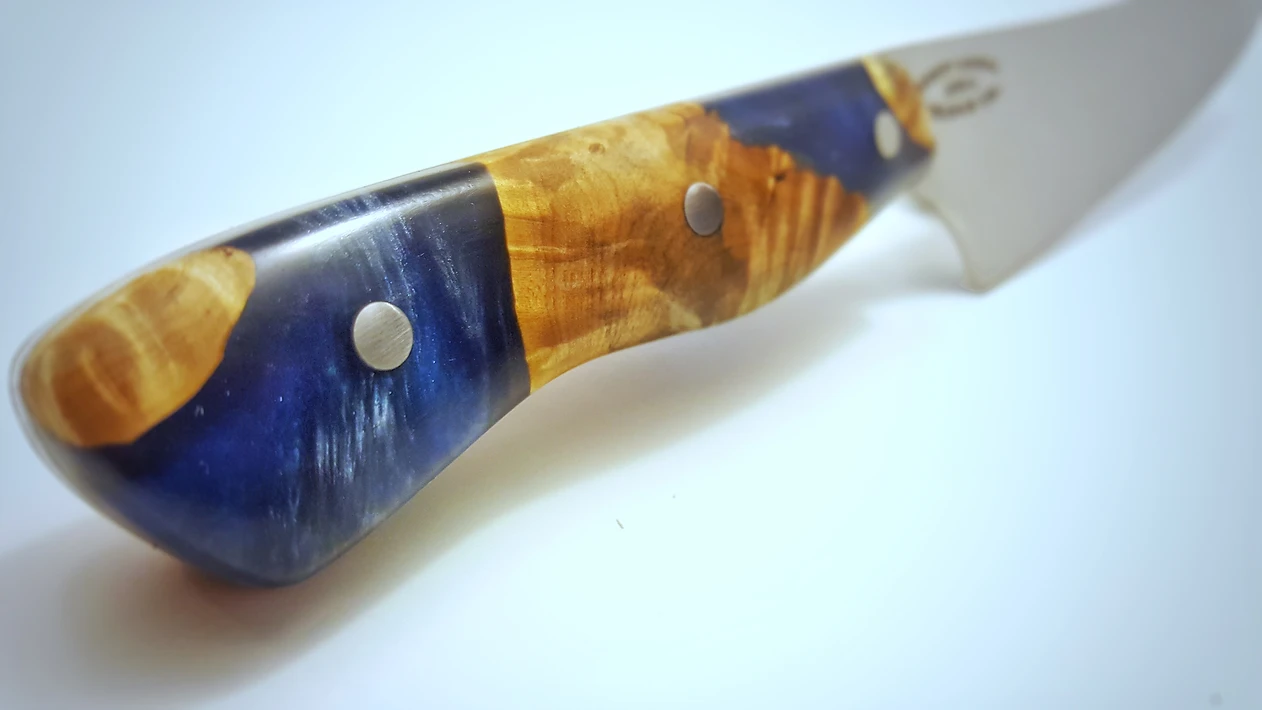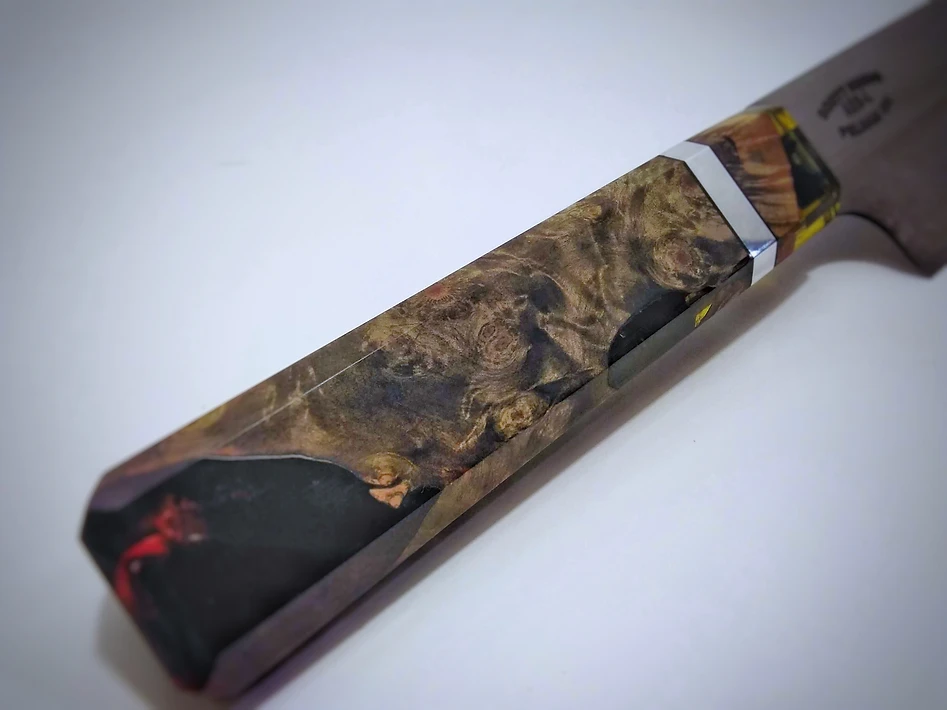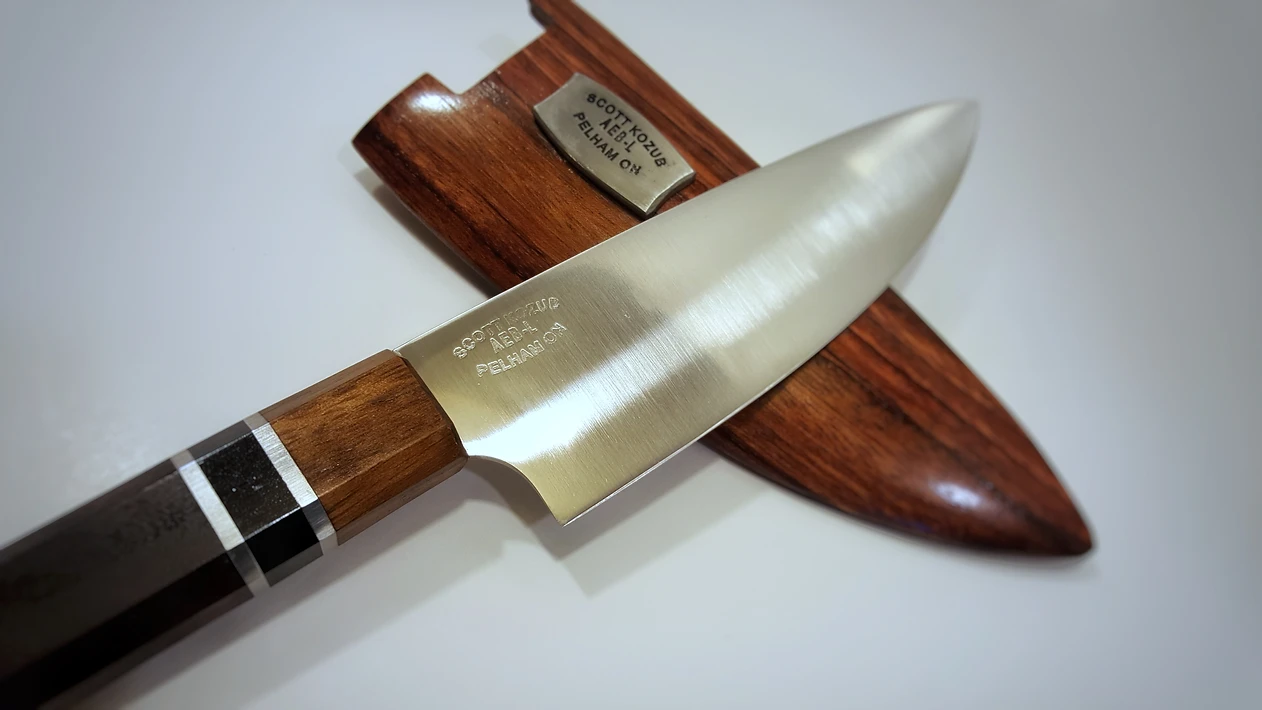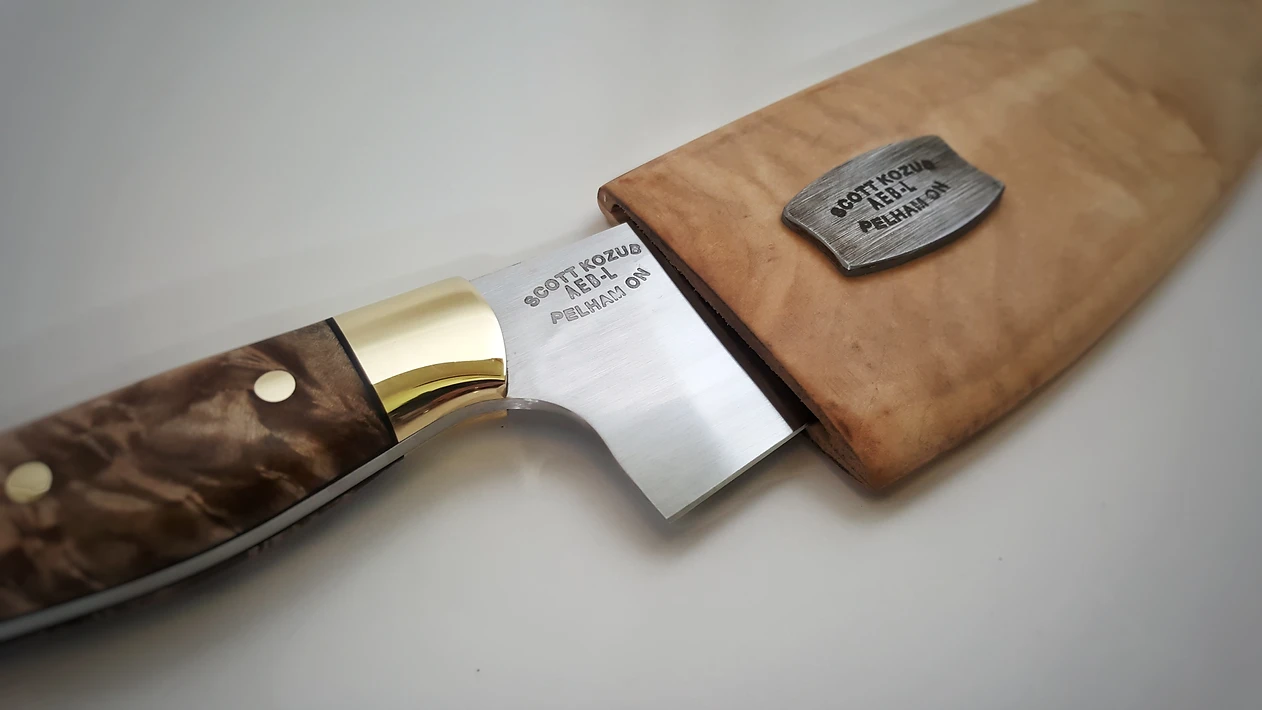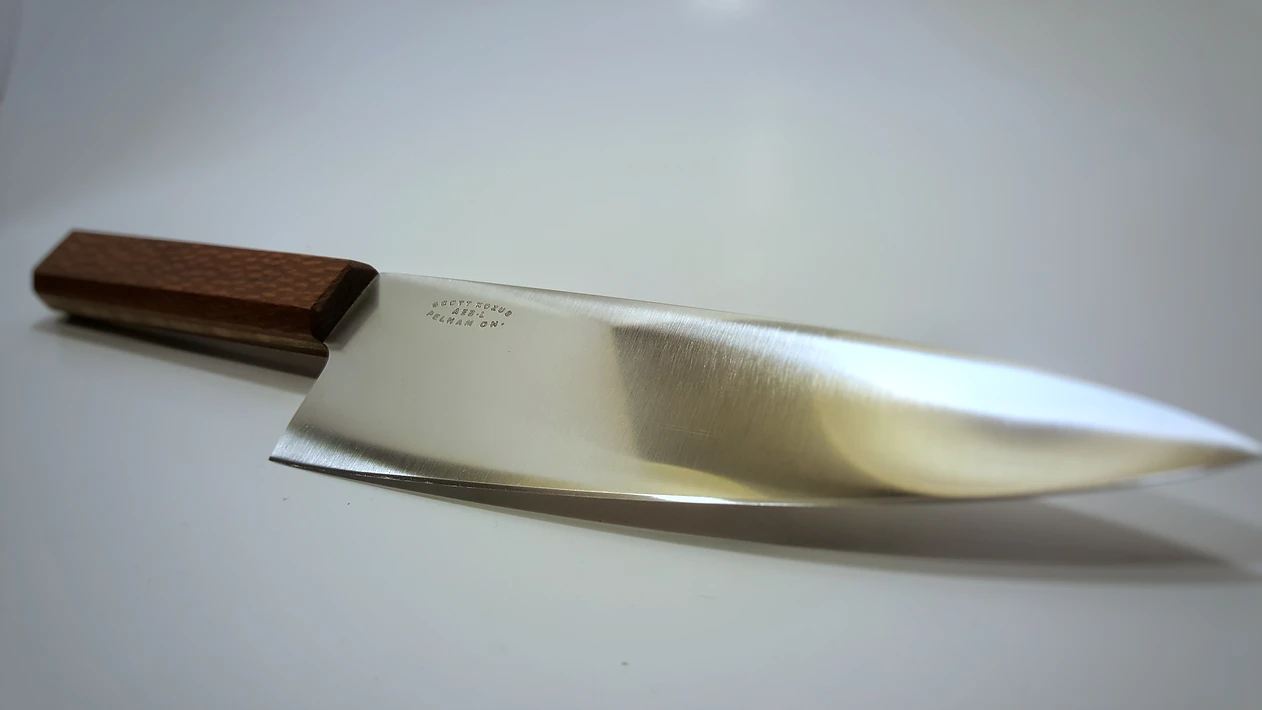- Joined
- Apr 22, 2020
- Messages
- 5
Hi! I have about 2 years of serious cooking experience, and I own a set of Zwilling knives. Growing up, my family used Wusthof and Cutco (they still do).
I almost exclusively use the Zwilling 4-star 8” chef and the Zwilling 4-star 4” paring knife. [the 8” and 5” serrated knives are useful, but the 5.5” santoku has never left the block].
I want to buy 2 amazing knives: a chef knife and a paring/petty knife. Ones that will last 50 years (with care) and look fantastic. I’m not concerned about the price, only the quality. I know that at a certain point I’m paying for art, which is not my current intent.
What type of knives should I look at? And what about the Chinese-style and Japanese-style blades, vs European?
I will also read through other threads here and also see what knives the experts use (and filter out marketing).
I’m excited to engage with this community! Thanks
I almost exclusively use the Zwilling 4-star 8” chef and the Zwilling 4-star 4” paring knife. [the 8” and 5” serrated knives are useful, but the 5.5” santoku has never left the block].
I want to buy 2 amazing knives: a chef knife and a paring/petty knife. Ones that will last 50 years (with care) and look fantastic. I’m not concerned about the price, only the quality. I know that at a certain point I’m paying for art, which is not my current intent.
What type of knives should I look at? And what about the Chinese-style and Japanese-style blades, vs European?
I will also read through other threads here and also see what knives the experts use (and filter out marketing).
I’m excited to engage with this community! Thanks



